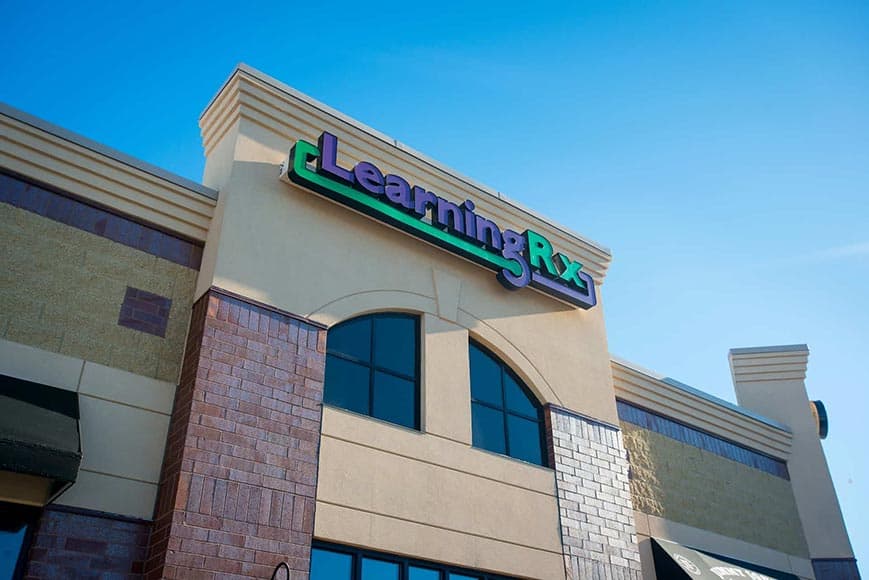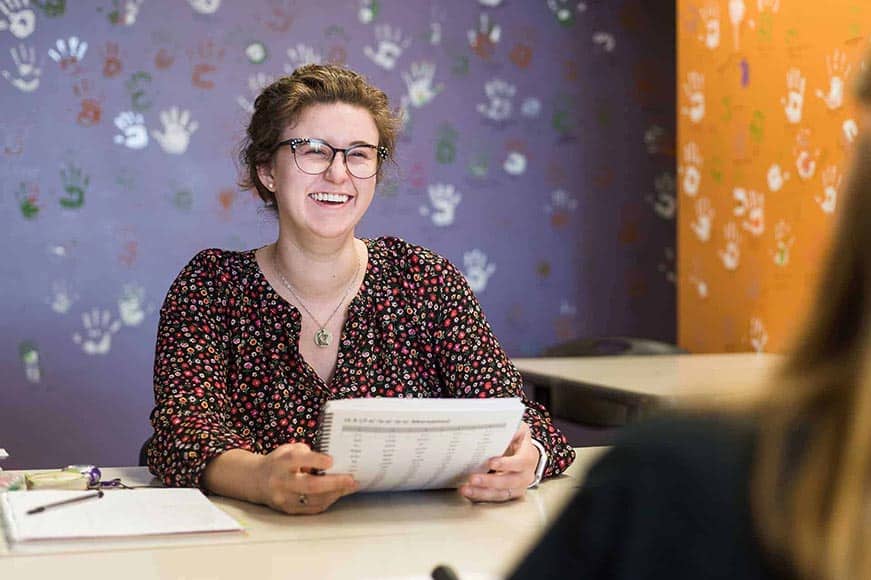Reading Skills Tips for Young Students
Reading is a fundamental skill that students will need to master all the other subjects—from math and science to history and foreign languages. Beyond simply memorizing words and learning to spell, reading is a multifaceted process that involves sound recognition, fluency and comprehension. Building these reading skills in young students in particular needs to follow a powerful approach that research has shown to be the most effective way to build a confident reader.
Although the term “dyslexia” simply translates to “trouble with words,” the label can stick with kids throughout their school years if it’s not addressed early. A strong sound-to-code approach can help boost skills, confidence and lifelong love of reading. The best reading programs build strong cognitive skills, such as visual processing, attention and memory, with a particular focus on auditory processing.
What is auditory processing?
Auditory processing is the cognitive skill that allows readers to:
- Recognize sounds made by letters and letter combinations
- Break up unfamiliar words into smaller units of letters
- Translate these units of letters into units of sound
- Combine these sound units back together into full words
- Turn imagined words into written and spoken language
What are the components of a strong reading program?
A brain training program that develops and improves reading skills may use the following principles to boost the underlying skills that make reading easier and faster:
- Teaching reading skills in a logical, intuitive order
- Gradually increasing the difficulty of reading exercises
- Repeating activities and drills to quickly strengthen reading skills
- Offering immediate feedback, corrections and encouragement
- Customizing the program for each student
Tips for Building Reading Skills in Young Students at Home:
Depending on the age of your child and their reading proficiency, try using some of the following techniques to teach your child to read at home.
1. Teach rhyming sounds to build phonemic awareness.
Children’s songs, nursing rhymes and flashcards with rhyming sounds can help kids hear the sounds and syllables in words. You may even want to encourage older learners to write a simple rhyming poem.
2. Focus on phonics and decoding skills.
Create flashcards with three-letter sounds (e.g., f-e-n, s-a-b, etc.) to teach kids to identify sounds. These can be a mix of real and nonsense words, because the focus is on sounds, not memorizing words.
3. Play word games.
In addition to the many games on the market that incorporate sound identification and manipulation, you can play verbal games at home, in the car or even while sitting in the waiting room at the dentist. Try simply questions like, “What sound does the word ‘PIG’ start with?” or “Name three words that rhyme with CAT.”
4. Change out vowel sounds.
Play with letter magnets, letter building blocks or Scrabble tiles to swap out vowels for new sounds. HAT becomes HOT, DIG becomes DOG, etc.
5. Instill a love of reading.
Modeling the behavior of an avid reader increases the chance of your child becoming a book-lover too! Set technology-free times each day, make frequent trips to the library, and read to your child (or have them read to you) every night before bed.
Interested in learning more about reading skills programs in your area? Check out LearningRx’s ReadRx program for students who are learning how to read or having reading difficulties.







